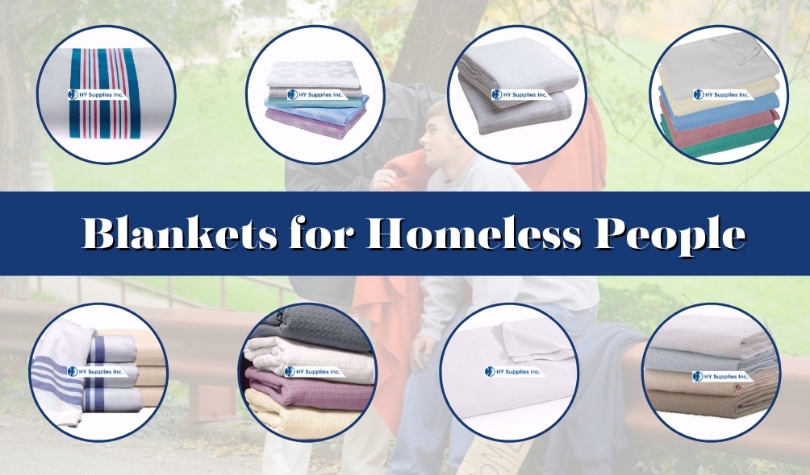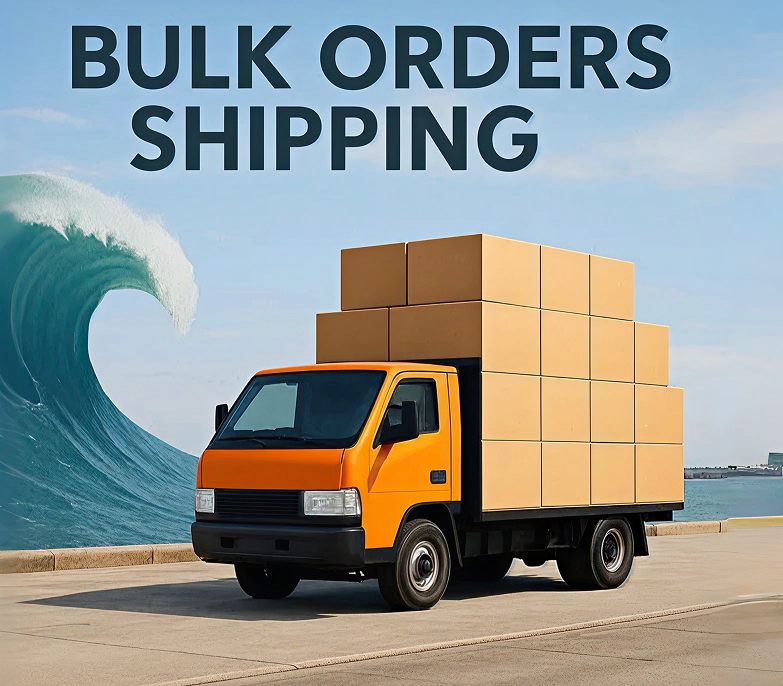Which Blankets Are Best for Homeless People in Harsh Weather?

High living expenses, job losses, natural disasters, and a shortage of affordable housing are all contributing factors to the ongoing increase in homelessness in America. Giving blankets is one of the easiest yet most effective ways to help, since they offer warmth and protection during chilly evenings, wet seasons, and severe weather.
Why Blankets Matter for Homeless Individuals
Homeless people suffer from severe conditions and frigid temperatures when they are not properly housed. For comfort and safety, whether sleeping outside on sidewalks, streets, or metro stations, a sturdy, warm blanket can save lives.
Key Features of Ideal Homeless Shelter Blankets
- Durability: Since blankets are used frequently and in rough conditions, they should withstand wear and tear.
- Easy to Clean: Many homeless individuals lack access to laundry facilities, so machine-washable or hand-washable materials are essential.
- Warmth: Thermal, fleece, or wool blankets retain heat effectively, while polyester and acrylic options are affordable yet long-lasting.
Where to Donate Blankets
- Local Communities: Individuals can directly distribute blankets to those in need.
- Churches & Religious Centers: Many organize donation drives to collect and distribute blankets in bulk.
- Nonprofits & NGOs: Volunteer groups often run blanket donation programs, especially in winter.
How Your Donation Makes a Difference
One blanket can reduce the danger of hypothermia and offer instant respite from cold evenings. Giving over the holidays or in severe weather can make a bigger difference.
Final Thoughts
Giving homeless people a place to stay warm is a fundamental act of compassion. You can have a significant impact by selecting blankets that are insulating, long-lasting, and simple to clean. Every donation matters, whether it comes from individual contributions or coordinated charitable endeavors.







